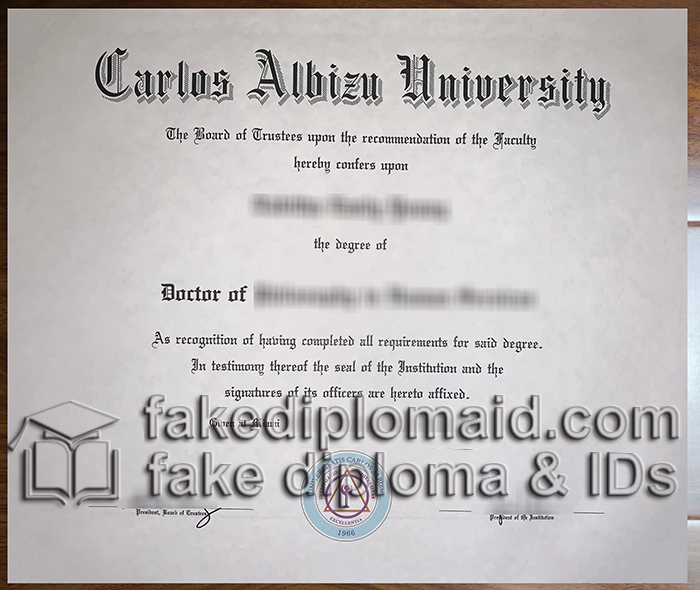
Carlos Albizu University Doctor diploma cost, buying CAUC Doctor diploma. Man-made CAUC Doctor diploma. What had changed, though, was the social climate of the island. Between 1947 and the late 1960s, Puerto Rico saw major industrialization that transformed the island from a rural agrarian to an urban industrial society. With this, came the establishment of social classes, modern capitalism, and economic consumption—along with confusion and insecurity that led to issues such as violence and drug use. By the 1960s, the population had grown to nearly three million people, with only five clinical psychologists on the island to support the growing need for social services. In an effort to meet the public’s demands, the government established what was known as “assistant psychologists.” These assistant psychologists for the most part had had little training and were not equipped to serve what was becoming an increasingly complex population. By 1964, Dr. Albizu-Miranda had begun envisioning a Puerto Rican-based graduate program that would address the need for multicultural professional training in psychology on the island, along with the need for greater numbers of clinically trained psychologists to serve the growing population.
How much is a copy of the CAUC degree, CAUC diplomas fake, buy a CAUC degree, CAUC doctor of degree maker. Between 1964 and 1966, Dr. Albizu-Miranda held multiple meetings with the chancellor of the University of Puerto Rico to discuss the development of a graduate program in psychology. After two years of fruitless efforts, Dr. Albizu-Miranda decided to turn away from the state university and establish a self-governing and independent institution. On August 1, 1966, he incorporated the Puerto Rico Institute of Psychology and welcomed the institute’s inaugural academic year in 1967–1968.
Recognizing a parallel need for multicultural training in clinical psychology in Southern Florida, which has a large Hispanic population, Dr. Albizu-Miranda opened the Miami Institute of Psychology in Miami, Florida, in 1980. In January 2000, the two main campuses were merged under the shared name Carlos Albizu University in honor of their founder, becoming the first institution in North America to be named after a Hispanic. Today, they are commonly known as Albizu University





